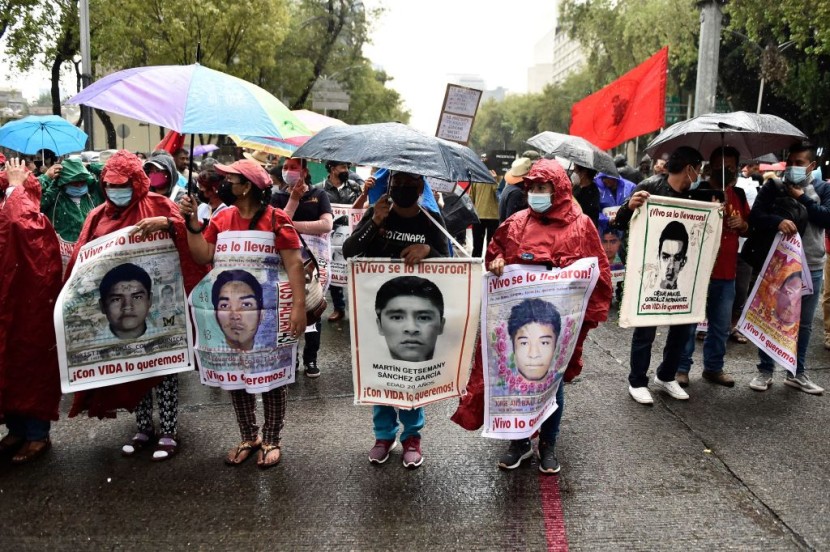
The parents of 43 students from a small teacher college in Mexico who vanished nine years ago are fighting an uphill struggle.
The sixth and last report on the 43 missing pupils was released in July, and it contained proof. The lengthy inquiry found that municipal, state, and federal security forces in Mexico at the time "all collaborated to make them disappear," as reported by NBC News.
In contrast, only three pupils' remains had been properly identified in the previous nine years.
On September 26, 2014, Jorge Antonio, a 20-year-old student at Ayotzinapa Rural Teachers' College, traveled to the city of Iguala in Guerrero's southwest with a large group of his classmates.
As they had done before, the students in Iguala took over buses to travel the 120 miles to Mexico City. They had a march scheduled for the 46th anniversary of the Tlatelolco Massacre in memory of the hundreds of students killed on October 2, 1968, by Mexican military and police.
Local officials removed the students, and they later vanished. At the time, the Enrique Pea Nieto administration attempted to end the case.
According to testimony from numerous drug traffickers, the students were turned over to Guerreros Unidos, a cartel that murdered them and burned their bodies at the Cocula garbage dump, according to the report, which claimed that local law enforcement officers arrested the students after they left the bus station in cooperation with a drug cartel.
However, the Inter-American Commission on Human Rights investigating agency assisted in reopening the case by disclosing how officials had subjected individuals to torture in order to obtain their testimony.
"We were given a video that showed what really happened at the Cocula garbage dump," he recalled from the previous year.
Tizapa cited fresh data submitted by the Interdisciplinary Group of Independent Experts last year, which claimed that the Mexican government at the time purposely fabricated data and withheld leads.
Drone images and video that may have shown the Mexican military setting the area where the students were allegedly slain were among the evidence.
According to the panel's final assessment, released in July, local, state, and federal security forces were aware of the students' kidnappings and participated in their disappearances.
At the July news conference, a panelist reflected on one of Mexico's most infamous human rights incidents and questioned: "How was it possible for it to happen in a little city with two battalions of approximately 600 men?"
The study found that two battalions' worth of military officers must have conspired with organized crime and narcotics trafficking. The panel added that police, state agents, and other authorities were "without a doubt" participating.
Investigation Will Continue
Despite the arrests of military personnel and others, President Andrés Manuel López Obrador has stated that his administration intends to continue looking into the situation.
According to Reuters last week, the armed forces have denied knowing anything about the students' disappearances.
Investigators claimed that security personnel had monitored the pupils and labeled them as militants. According to them, the disparaging description had an impact on the inquiry that followed the disappearances.
In contrast to the claims made by the Mexican security forces, the panel highlighted at the press conference that "not a single document that we have analyzed indicates that the young people were colluding with drug trafficking." Not one.
What the Parents Want
The current discoveries and the arrests are insufficient for parents.
Despite the advancements, Tizapa and other families claim that the government, particularly the military, still needs to provide them with answers. González stated that in order to put pressure on the government and demand answers from the military, the families need the backing of the Mexican people.
González stated that he thinks everyone can relate to the Ayotzinapa case because the 43 students were merely "chamaquitos," or young people, seeking a better life.








